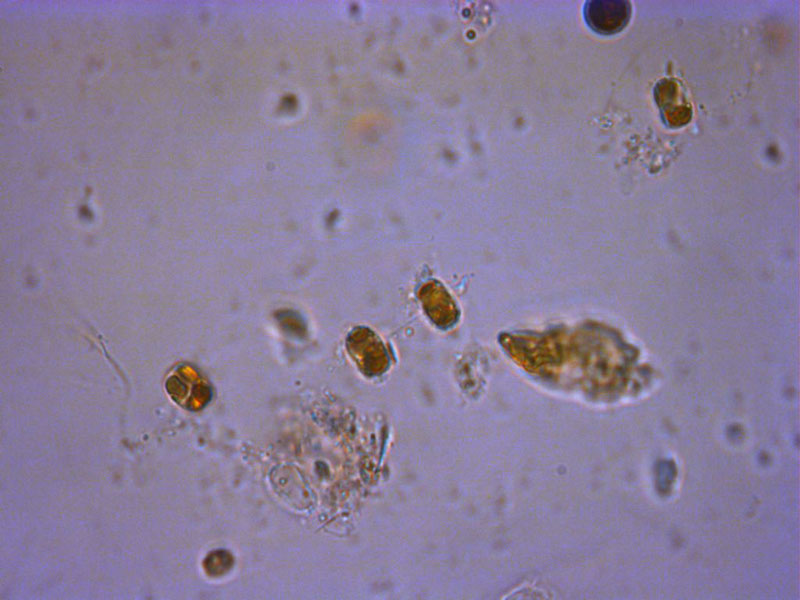Diatoms
(5 – 200 µm cell size)
Diatoms are among the most common and widely distributed microscopic marine algae. They are the dominant algal group in most of Florida's coastal waters and can form major blooms. They have cell walls composed of silica. In other words, diatoms live in glass houses, which often take on beautiful shapes. Diatoms have traditionally been classified based on their shape and size. Circular, centric diatoms (such as Paralia sulcata have radial symmetry and live mostly in the water column, while oblong, pennate diatoms (such as Nitzschia spp. exhibit lateral symmetry. Some pennate diatoms are planktonic (live in the water column), but many reside on the seafloor or attached to surfaces, except when water turbulence stirs them up into the water column.
Diatoms store food in the form of lipids (fats), which makes them nutritious food for clams. Lipid concentrations in diatoms can be very high, up to 70% of dry weight, which helps decrease their rate of sinking. In fact, some species of diatoms have been studied for their ability to produce nutritionally beneficial lipids, such as omega-3-fatty acids, for human consumption as a means of lowering bad cholesterol. Other ways diatoms maintain their position in the water column include the increase of surface area through the production of spines or formation of colonies. In seawater, diatoms can increase their buoyancy by exchanging heavy ions with lighter ions in the surrounding water.
Species with long, rigid spines can cause physical harm to the gills of fish and may be difficult for clams to filter. A few species of pennate diatoms (e.g., some species of Pseudo-nitzschia) have been known to produce the neurotoxin demoic acid, which is associated with Amnesiac Shellfish Poisoning (ASP). ASP can affect human and aquatic animal health, although confirmed cases of ASP have not yet been reported along the peninsular coast of Florida.
Common Species:
Below you will find a list of example cyanobacteria species. When you click on a species in the list, you will find a biographical sketch with information about what the species looks like, where and how often we found it in our study (see Sampling Locations for sampling dates and locations), and the potential "good" and "bad" effects on clams. Most species have the potential to harm clams if they form dense blooms; however, the "good" and "bad" categories on this page refer to the acceptability of individual cells as food items.
Amphiprora cf.
Found in: Indian River and Suwannee Sound
Site(s): Sebastian DE;GJ;PI;HB;PR
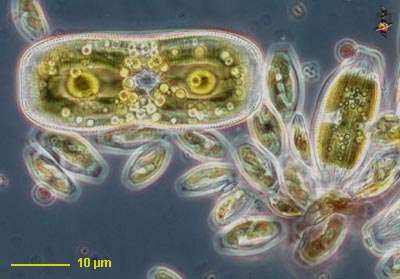
Bellerochea horologicalis
Found in: Suwannee Sound
Site(s): DE;GJ;PI;HB;PR
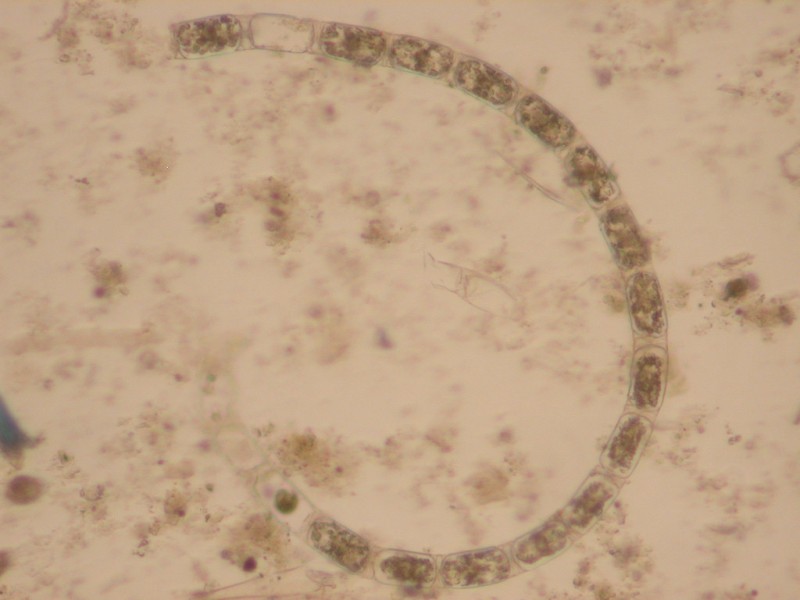
Cerataulina pelagica
Found in: Indian River and Suwannee Sound
Site(s): Sebastian DE;GJ;PI;HB;PR
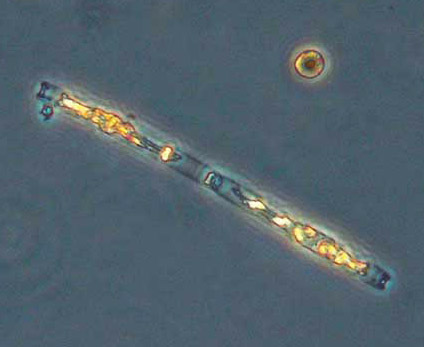
Chaetoceros spp.
Found in: Indian River and Suwannee Sound
Site(s): Sebastian DE;GJ;PI;HB;PR;SR
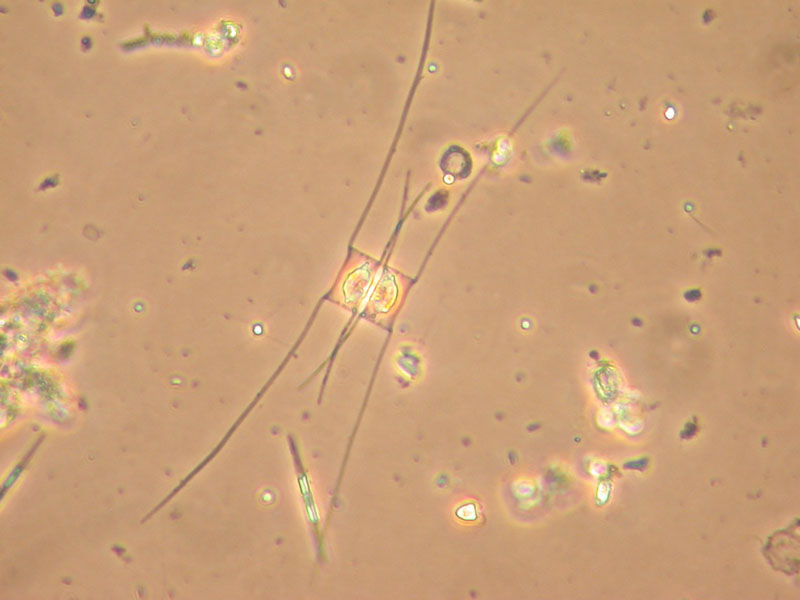
Dactyliosolen fragilissimus
Found in: Indian River and Suwannee Sound
Site(s): Sebastian DE;GJ;PI;HB;PR
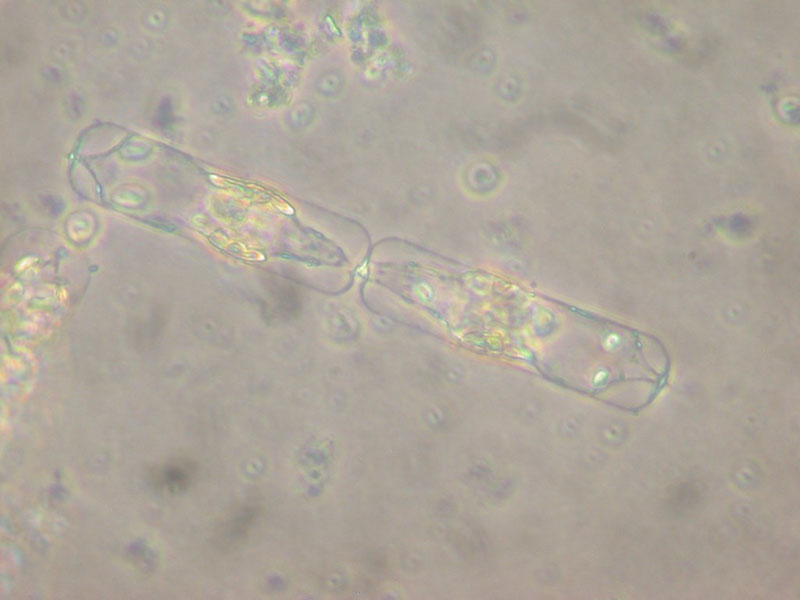
Leptocylindrus danicus
Found in: Indian River and Suwannee Sound
Site(s): Sebastian DE;GJ;PI;HB;PR
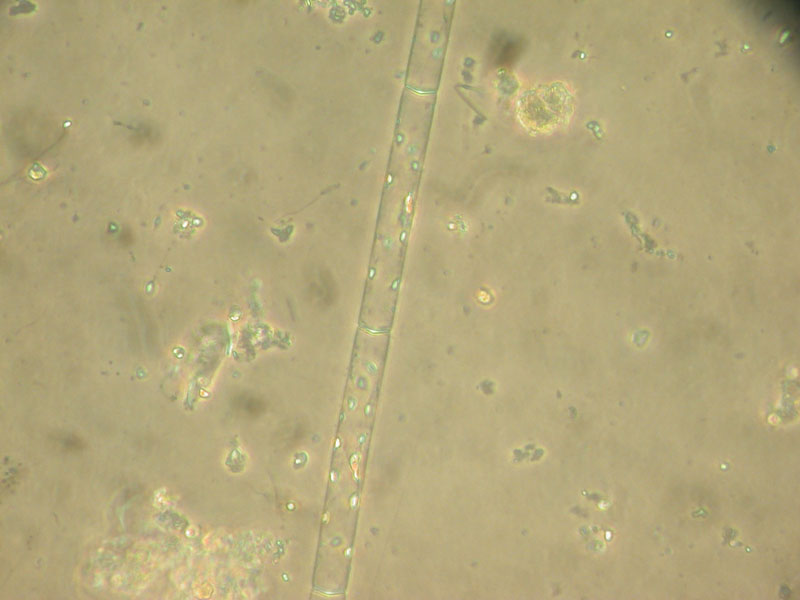
Navicula spp.
Found in: Indian River and Suwannee Sound
Site(s): Sebastian DE;GJ;PI;HB;PR;SR

Nitzschia spp.
Found in: Indian River and Suwannee Sound
Site(s): Sebastian DE;GJ;PI;HB;PR;SR
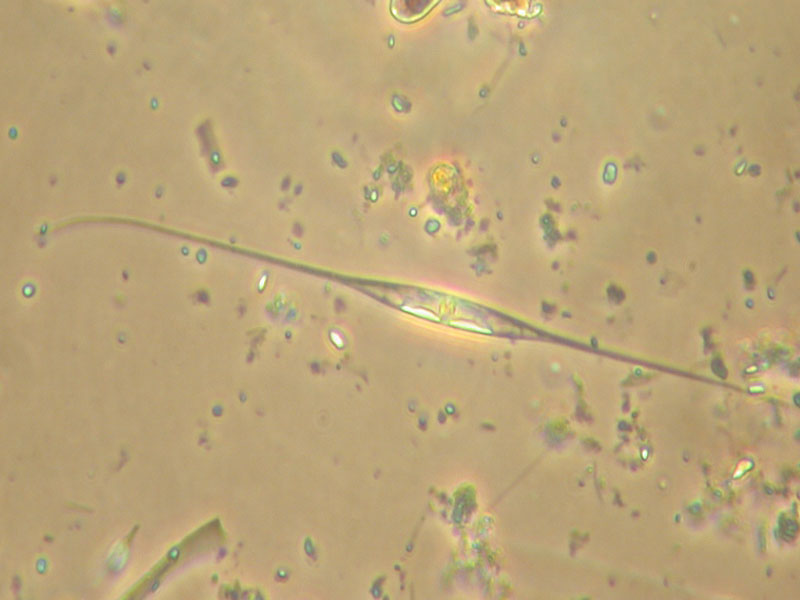
Odontella spp.
Found in: Indian River and Suwannee Sound
Site(s): Sebastian DE;GJ;PI;HB;PR;SR
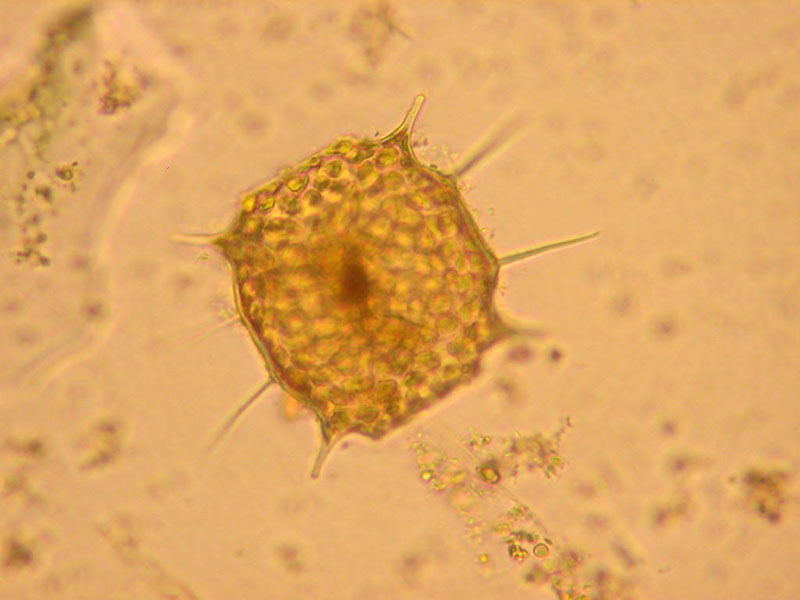
Paralia sulcata
Found in: Indian River and Suwannee Sound
Site(s): Sebastian DE;GJ;PI;HB;PR;SR
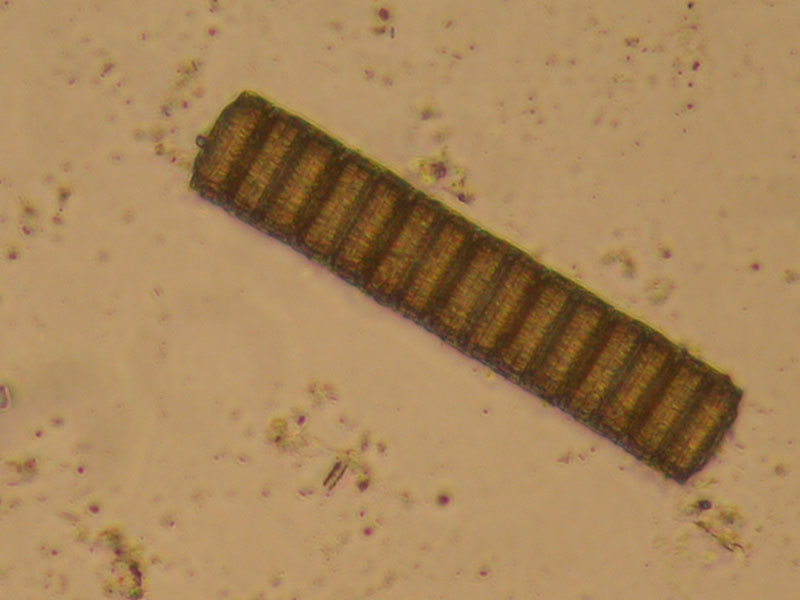
Pseudo-nitzschia spp.
Found in: Indian River
Site(s): Sebastian
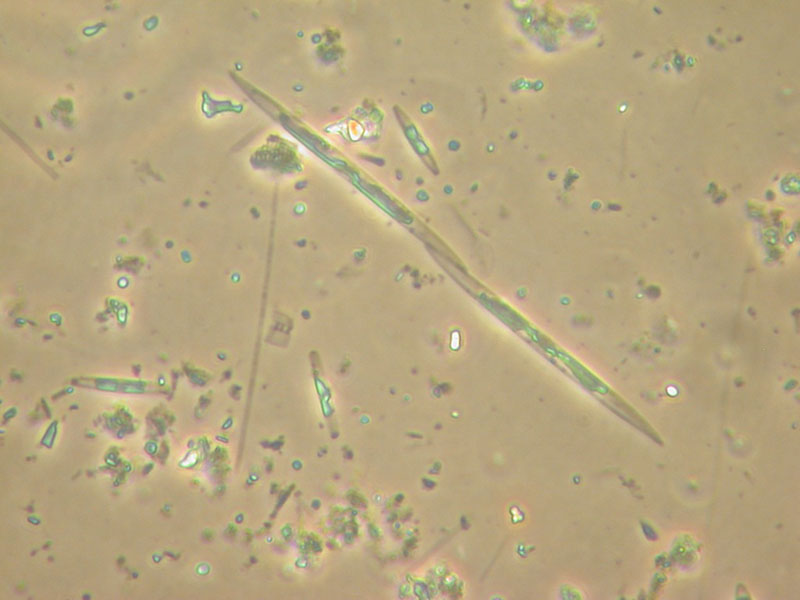
Rhizosolenia setigera
Found in: Indian River and Suwannee Sound
Site(s): Sebastian DE;GJ;PI;HB;PR;SR
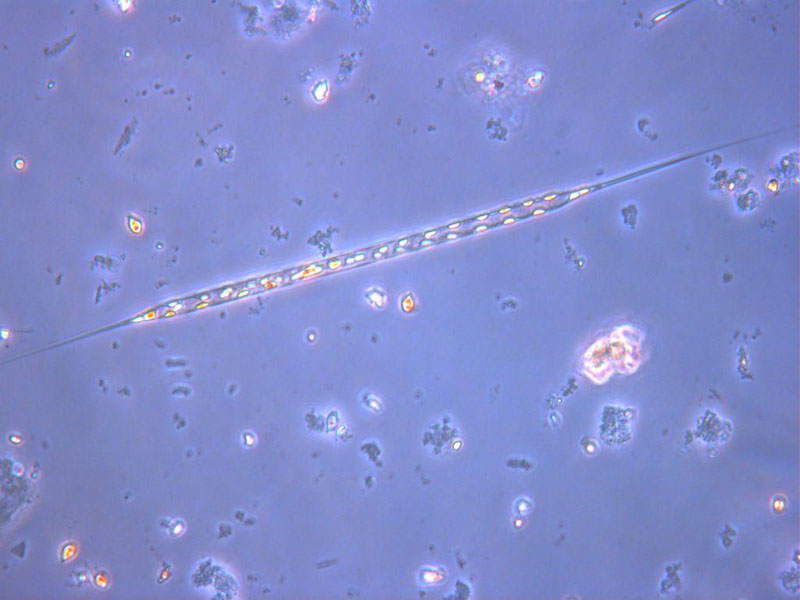
Skeletonema spp.
Found in: Indian River and Suwannee Sound
Site(s): Sebastian DE;GJ;PI;HB;PR
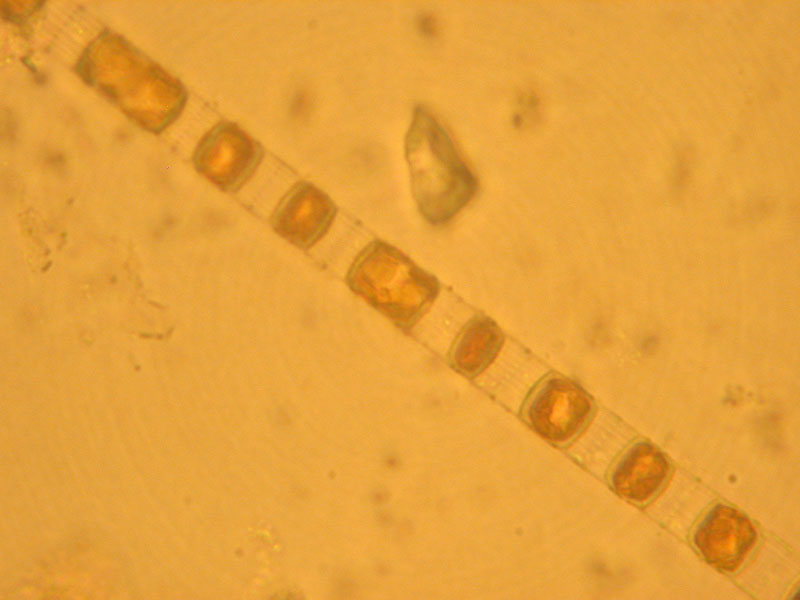
Thalassionema nitzschioides
Found in: Indian River and Suwannee Sound
Site(s): Sebastian DE;GJ;PI;HB;PR;SR
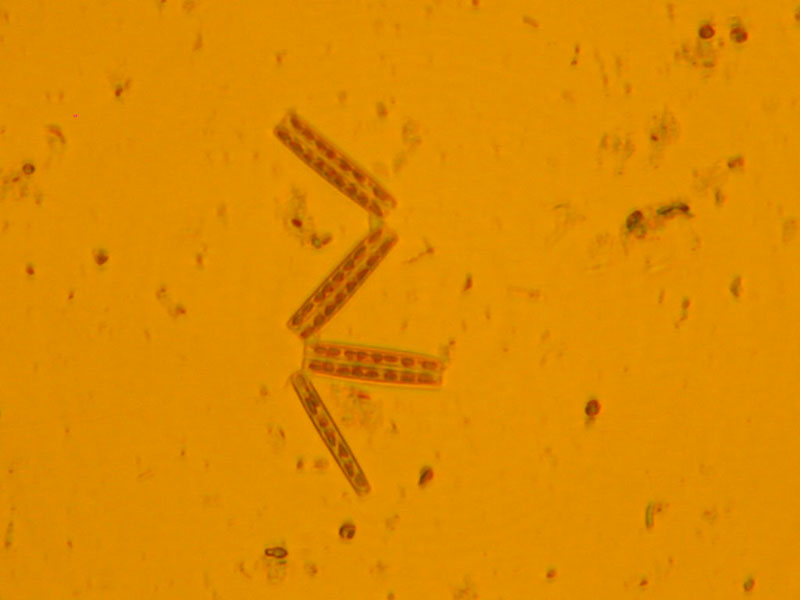
Thalassiosira spp.
Found in: Indian River and Suwannee Sound
Site(s): Sebastian DE;GJ;PI;HB;PR;SR
